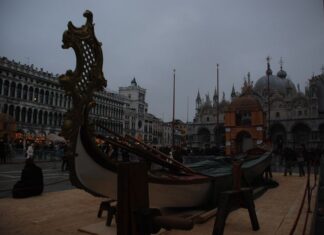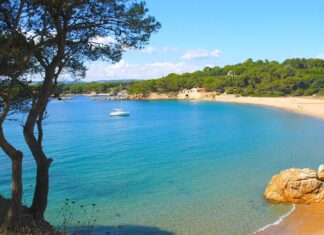The territory from the Black Sea to the Adriatic Sea and from the Wallachian Lowland to the Aegean Sea has an area of about 240,000 square kilometers and is the biggest territory of the Bulgarians in
Southeastern Europe. Until the end of its medieval statehood (the end of the 14th century), Bulgaria was among the first five European monarchies in terms of territory together with Russia, Byzantium, France and the Holy Roman Empire (the latter often being a conglomerate of semi dependent feudal kingdoms).
As in Antiquity, in the Byzantine and in the Bulgarian medieval periods and during the modem era, the population on the coasts of the Black Sea, the Sea of Marmara and the Aegean Sea is not mono ethnic. It is usual to encounter bi ethnic and bilingual or multi ethnic and multi linguistic coasts with an official language, which is the one of the milling state.
The above-mentioned coastal parts played the role of a contact zone for the interior regions. It is there that cultures and civilizations meet for the first time and continue to live together. Contact zones are the spaces of synthesis where urban culture accumulates the latest achievements of the period.
Until the emergence of Danube Bulgaria (681), the Bulgarians and the Slavs lived around water basins and used to cross them. Their river and sea culture was not only their livelihood but also brought in military aggression. Fanagoria (present day Kerch), the capital of Kubrat`s Bulgaria lay in a very important strategic and commercial place by the sea.
8th century under Kan Tervel
On the other hand, the indigenous sea culture was, no doubt, quite strong. Therefore, it is normal to expect that as early as the beginning of the 8th century under Kan Tervel (700-721), Bulgaria, which already controlled the western Black Sea coastal area to the north of the Balkan Mountains, would initiate a purposive policy of colonization of the lands to the south of the Balkan Mountains. In 705, the Bulgarian miler obtained the region of Zagore (between the towns of Sliven, Yambol and the Black Sea) from Justinian II (685 695; 705 711). In 716, Theodosius HI (715 717) ceded new territories in the south to Bulgaria. They bordered on Mount Strandzha to the east.
The occupation of the coastal areas to the south of the Balkans became stable under Kan Krum (802—814). In 812, the Kan conquered Debelt and the Black Sea ports of Anhialo, Sozopol and Nesebar. It j should be mentioned that Nesebar, which is on a peninsula, was taken by siege. It is not possible to think that it was taken along the narrow strip of firm land (now artificially built) without the attack of Bulgarian ships from the seaside.
In fact, the ships are depicted on the walls of Pliska and later in Preslav and other parts of the Bulgarian northeast. Thus, the south direction of advancement towards the Aegean Sea began. In the same year, 812, Kan Krum reached the important town of Philipi on the Aegean coast near present day town of Kavala.
Read More about Zafer Upar General Manager of the Merit Sahmaran Hotel








